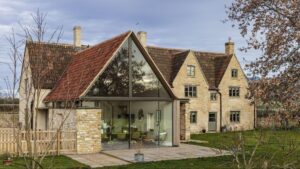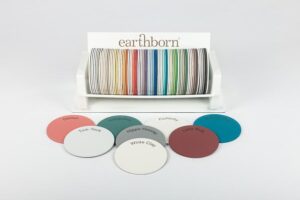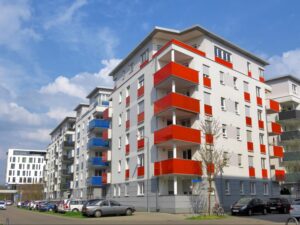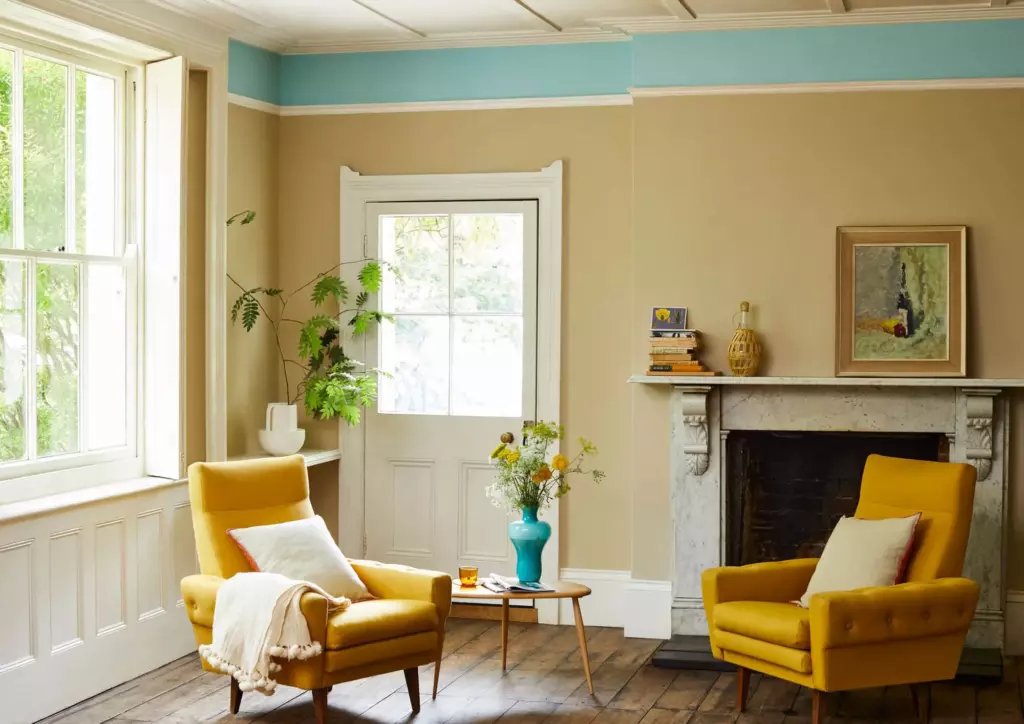
A Guide To Traditional Building Materials For Period Property Restoration
Restoring a period property is a labour of love that requires a deep understanding of historical architecture and a commitment to preserving the charm of
Menu

Restoring a period property is a labour of love that requires a deep understanding of historical architecture and a commitment to preserving the charm of

In a world that’s becoming increasingly environmentally conscious, many homeowners and renovators seek eco-friendly alternatives for their projects. Whether it’s a historic restoration, redecorating with

In the realm of urban renewal, sustainability has become a cornerstone of modern development. The need for environmentally conscious solutions has never been more apparent

Most older buildings will require specialist paint in order to maintain breathability and protect the underlying materials. In addition to this, lime plasters and renders applied internally and externally to old walling also allow for vital ventilation.
When natural, breathable paints are introduced properly, the breathability is assured and maintained. There are many and various types and brands of appropriate paints available on the market for tradespeople and homeowners, but some of them falsely claim to be “breathable.”
If you are uncertain, call us and we can always point you in the right direction.
Since they have been in constant use since the 19th century, breathable paints are perfect for traditional historical homes.
Water will be able to flow freely through the building’s structure thanks to coatings that are breathable. While it might not completely eliminate your damp issues, it won’t harm the building over the long term. Paints can adhere to a wall by soaking into it and bonding with it or by forming a layer or breathable skin that will adhere to the wall.
Firstly we’ll discuss what limewash is. The only ingredients of limewash, a straightforward sort of paint, are water and natural lime. The main component of lime wash is naturally existing limestone that has been burnt, crushed, and combined with water to form a putty.
The putty is then aged and water-thinned. Alkali resistant “lime fast” pigments, which are frequently manufactured from naturally occurring earth pigments like metal oxides, are used to add colour. Since more than a thousand years ago, numerous nations around the world have utilised limewash, a very conventional paint. It served as a standard finish for Roman homes.
While limewash is typically applied on lime plaster and render, it can also be used to cover brick and masonry that has been repointed or covered with lime mortar.
Lime wash is undoubtedly permeable—probably the most permeable paint medium there is.
Additionally, it is essentially VOC (Volatile Organic Compounds) free, making it a much more environmentally friendly alternative to modern home paints that are packed with toxic chemicals. It is therefore much better for the indoor environment. This is crucial for older structures because they need to be able to breathe and allow airflow. Limewash continues to look fantastic over time and holds up really well. It ages beautifully and produces subtle colour changes that are very attractive.
Additionally, the pH level of limewash (pH 12–13) is particularly advantageous since the alkalinity discourages pests like wood boring beetles and offers a form of sterilisation for walls. The finish is inexpensive and chemical-free because it is simple to make and manufactured with few ingredients.
Due to lime’s high pH level, which prevents small microorganisms from surviving, the paint may be hypoallergenic. Because of its chemical composition, which has the added benefit of improving indoor air quality, it can also help remove odours from the air. Because limewash is a little flexible, it can assist a building cope with natural movement and also lessen cracking.
Roughly every five years is the general time between applications of limewash. Surfaces are simply buffed brown and cleaned; any mould growth is checked for and removed as necessary.After dampening the surface, a thin first coat of fresh limewash will be applied, and a big, rough brush will be used to work it in. After this, it would be great for a further 3 or 4 coats.
Always wear protective eyewear and gloves. It’s crucial to utilise a long-haired masonry paint brush that produces feathery strokes.
Earthborn products have been used in a range of heritage building projects, each with its own distinct requirements and is used by professionals including architects, specifiers, and building contractors. They all share the requirement for a suitable breathable paint to cooperate with the other tools and methods used.
Earthborn silicate masonry paint is appropriate for exterior mineral-based walls, while permeable claypaint is best for interior surfaces. Both products are suitable with plasters made of lime and have extraordinarily high levels of breathability. In fact, because both paints are so breathable, they provide a workable, long-term substitute for lime wash.
The majority of traditional structures were built with thick walls and lime plasters, combined with porous materials like stone, brick, or wood. In the past, breathable textiles were utilised to let air pass through and avoid condensation. The key to the structure is the porocity of these materials.
Nevertheless, a lot of contemporary building materials function by obstructing the elements rather than allowing air to get through. Non-porous substances stop this airflow and “seal” the walls.
This may be advantageous for modern homes, but if the same impermeable materials are applied carelessly to older homes, it may cause problems in the future. As a result of the trapped moisture in the air being driven out via the building’s porous components, damp is created.
Similarly, using plastic-based paint on an older building’s interior or exterior instead of a suitable, breathable paint can prevent moisture from passing through the walls and may make damp issues worse. Therefore, it makes sense to carefully analyse the type of paint used if you have spent time and money selecting the proper building materials for your period home.
Due to the excellent breathability, natural solvent free, odour absorption, and bacterial resistance, limewash and clay based paints make an excellent choice when working with old or heritage buildings.
Call us on +44 (0) 118 946 9146 or email us on info@oldhousestore.co.uk and we would love to help you choose the right materials for your heritage project.